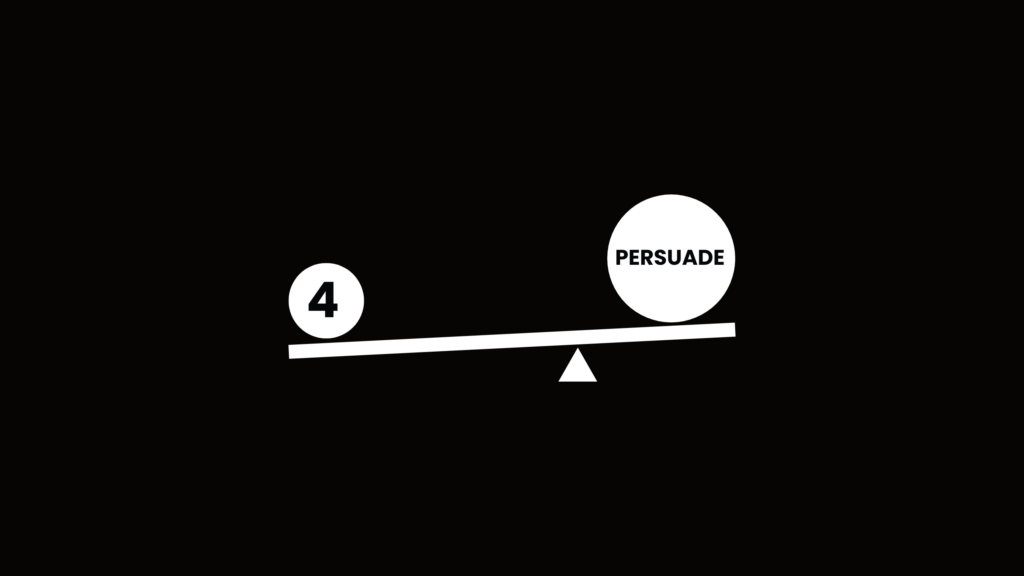I remember about 11 years ago, standing at the back of a class at Stanford with my classmates, looking at a board, littered with red, yellow, pink, and neon green post-its.
The reciprocity board.
We learned about building influence. Here’s how it worked. Each one of us wrote, on our post-it note, what we could use help with and pasted it on the board. We then walked around, reading what each person needed help with, and put our names around things we could help with.
I remember putting up something like “looking for a collection of music to sample.” Then I saw a note that read: “I’m a foreign student, looking to practice my English.”
“That’s easy. I can help with that,” and put my name next to it.
I met up with the student who made the request. We talked over lunch. I learned about his family. He learned about mine. 11 years later, we’re still very close friends.
What I gave with my time, paid back in so many ways.
The image of that reciprocity board is stuck in my head. It reminds me of the psychology of persuasion and the book that inspired the board.
Over the last month, I read it again.
4 Levers of Persuasion:
INFLUENCE: The Psychology of Persuasion by Robert Cialdini, Ph.D is the book that inspired that reciprocity board.
You might have heard about it before, mentioned by multiple CEOs, entrepreneurs, psychologists. With each chapter I found myself stopping, rewinding, and taking notes. Learning about the main levers of influence – reciprocity, liking, social proof, authority, scarcity, consistency, and unity.
A lot of us don’t have tools to persuade and we aren’t aware when we’re being influenced.
There are different levers of persuasion that lead to compliance – the act of getting people to comply and say yes.
And there are active “Compliance Practitioners” using these tactics to make you fall in line.
You will be influenced without your permission, if you don’t understand some of the ways you become automatically compliant.
On the other hand, you can use these tools to persuade people to join your mission, organize your community, and deliver value to customers.
You can be influenced and influential. You just have to be aware of it.
Here are four of those levers:
1. Contrasting
When you contrast things, it’s easier to get compliance.
For instance lukewarm water is just lukewarm to everyone.
However, when you put lukewarm water before two groups, one exposed to cold water, and the other exposed to hot before presenting the lukewarm. It’s different. The lukewarm water is cold for those coming from hot water, and hot coming from those dipped in cold water.
This applies to how you present information too.
For instance, a business will present a high price on a product, portraying high value to prospects. The business then slashes it down to its actual price, making the prospect feel like they are getting a great bargain.
Don’t let them fool ya.
But if you use it for good, use it wisely.
2. Reciprocity
Bob Marley must have known about this lever of persuasion when he sang:
“Give a little, take a little, give a little, one more time.”
It’s the good ol’ give and take.
When you receive something – a gift, a free service, a good deed – from someone, there is a psychological debt created that is not released until you give back.
Reciprocity is how we evolved as a species that thrives through cooperation. In fact, in some languages, thank you, really means “I’ll get you back.” In fact, if you do something nice to a Nigerian, they can respond: “Nice one. Trust us. We shall retaliate.” The human battle of giving it back is social currency that is hard-wired in us.
Being generous is a persuasive tactic. You’ll be surprised how many people want to immediately repay the psychological debt.
Sometimes, the repayment of the debt outsizes the initial thing that was given.
Be cautious. Use wisely.
3. Liking
Kendrick Lamar must have known about this lever when he said:
“They’re not like us. They not like us”
Mustard on the beat…(Pan..pah..pan..na)
OK. Back to regular programming.
We like people like us.
One of the main ways people get influenced by someone is because they think: “I like you.” That’s it. There are several things that make people like others such as similarities – similar names, similar looks, similar schools, similar interests.
Other reasons include:
– Level of attraction: People tend to like good-looking people and are a lot more influenced by people they find attractive. Yeah I know. Sounds vain but that’s just the world we live in.
– Giving compliments and praise: People like people that give them compliments and praise. When you have an opportunity to give honest and genuine praise, don’t hold back. Give it.
– Increased familiarity: You like people that you are in repeated contact with. That’s why you can eventually start liking people you see, who constantly post online.
– Association: People like people that are associated with the things they deem worthy – a company, a group, news, winning. People tend to associate with winners, while distancing from losers.
People are influenced by people they like.
Become likeable or don’t. It’s up to you.
Also, question why you like that person.
4. Social Proof
Nipsey Hussle must have known a thing or two about this lever when he said:
“I just respected the game. Got my name all in the news.”
We are suckers for acceptance.
One of our biggest motivators is to avoid social rejection. We tend to make decisions to be accepted by our social groups. “Peer-suasion” is a socially-induced form of persuasion.
For a compliance practitioner, social proof is a great lever to use. Instead of relying on one sole figure to influence a whole group, they utilize the power of the multitude to get collective buy-in.
This is unfortunately how cults come to be.
It’s a tactic that can be used for good and also for bad, and even the unintended ugly.
For instance, there was an interesting example in the book about a public service communication that back-fired. A park wanted to deter people from eroding the natural habitat and said: “Millions of people are leading to the depletion of this park, soon there will be nothing left.”
It had the opposite effect. There was even more depletion because visitors thought: “Let’s join the millions and get ours before it’s too late.”
This is the power of social proof.
People just want to be among. Choose wisely.
The Influence Machine
It’s important to understand these levers of persuasion to make clearer decisions and be more influential.
A compliance practitioner might be using these tactics on you without your awareness.
You can use these tools in an ethical way to drive your business, build your community, and live a more meaningful life.
I share the remaining four levers in my next letter here.
Yours truly,
Nifemi
P.S. Reply with the one lever in here that resonates with you the most?



